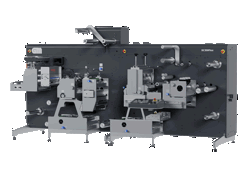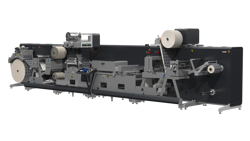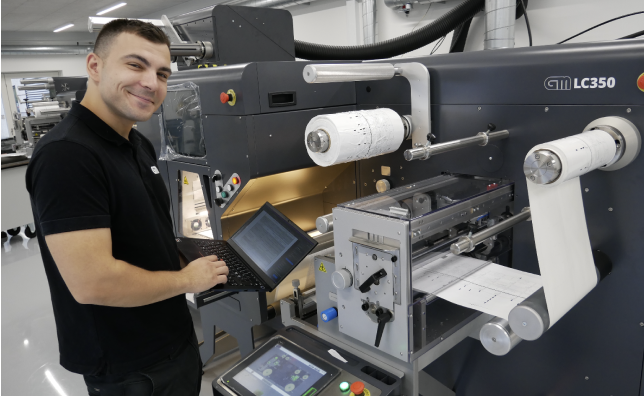GM coating technology supports epic solar Tesla challenge
Birkerød, Denmark, May 2021: Coating and printing equipment from leading manufacturer GM has been integral to the development of new lightweight solar panels that will enable off-grid charging of a Tesla electric car on the epic road trip, which starts in September. The panels have been produced with a water-based OPV suspension on GM’s next-generation Solar Coating Platform by the team at the University of Newcastle (UON), as they set out on a STEM road show with a difference.
“We are thrilled that our extensive knowledge in functional materials has made it possible to develop this unique technology, which takes us a step further towards a more sustainable future,” said GM’s CEO Uffe Nielsen. “As this project aims to prove, cost-effective printed solar cells can play a vital role in solving the problems around access to EV charging points in remote areas, but also promises opportunities for generating energy in urban settings.”
Entitled “Charge Around Australia (CAA)”, the project is founded as a partnership between Charging Around Britain in the UK and UON, which is located in Callaghan, New South Wales. Headed up by Professor Paul Dastoor, Director at the Centre for Organic Electronics, Department of Physics at UON, the team will drive a fully electric vehicle along the coastline of Australia, powered by solar energy from the portable panels.
Expert functional materials handling
As a supplier to this rapidly developing market, GM works with universities and research institutes worldwide to deliver new alternative solutions to established energy-intensive technologies. Solar cells is one of the many areas where its coating expertise can be leveraged to great advantage to save on cost, speed up production, and devise more environmentally friendly options.
GM’s advanced Solar Coating Platform relies on the company’s expert handling of sensitive functional materials. The modular roll-to-roll system is perfect for R&D projects but can also be implemented in production environments where different types of applications are printed inline at high speed.
For the CAA project, Professor Dastoor and the team pioneered a new technique where OPV (organic photovoltaic) materials are suspended in water and then printed on a PET laminate on the GM unit. Producing the solar panels in this way comes at a much lower costs compared to conventional, silicon-based panels – around US$8 per square meter – which allows the team to print hundreds of meters of this highly functional material during one production run.
Portable solar panels
Charge Around Australia has two main goals and is scheduled to take 84 days. The first is to demonstrate how low-cost printed portable solar cell panels can be used to charge an electric vehicle on an arduous journey where stationary charging options are limited or non-existent. The second is to showcase the technology and explore future applications, as the STEM road show visits remote schools and communities across six Australian states and territories.
During the 15,097km (9,380 miles) long journey, the team will stop to roll out the 18-meter (59-feet) long flexible solar panels next to the Tesla when it needs charging; a process that will test the new technology to its limits and deliver valuable data for further analysis.
Uffe commented, “GM has been active in functional materials for more than 10 years, and we are very proud to help raise awareness of the potential of printed solar cell technology as a low-cost sustainable energy source. We continue to get involved with many exciting scientific projects where functional materials can benefit us all and help us protect the future of our planet.”
Link to our solar coating platform: SOLAR
In the photo:
Project manager for Charge Around Australia Ben Vaughan, research associate Matthew Bergin, project lead and inventor of 'printed solar' panels Paul Dastoor and chief designer Michael Dickinson - all from the University of Newcastle Centre for Organic Electronics.







